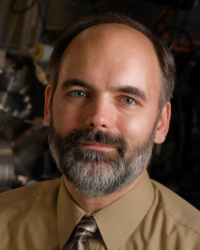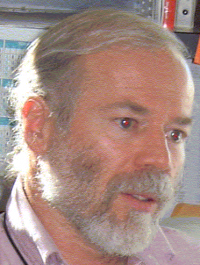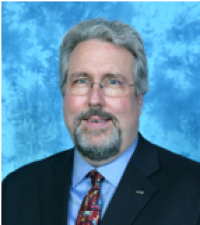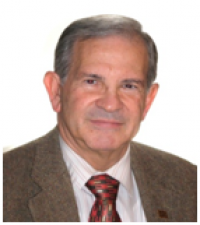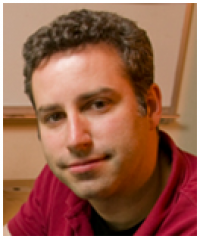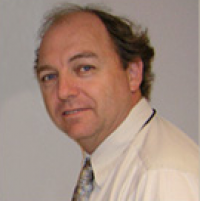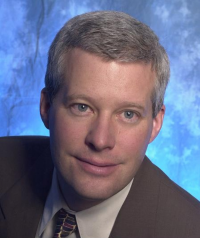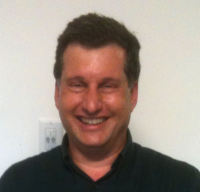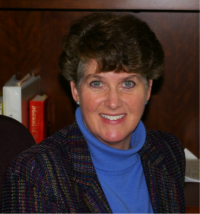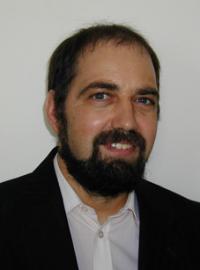
A quest of experimental nuclear science is to synthesize atoms made of unusual combinations of neutrons, protons and electrons. Certain combinations highlight particular aspects of the nuclear many body problems. In part, based on our current capabilities for creating new nuclides, our understanding of atomic nuclei has changed dramatically. Many of the so called basic properties of atomic nuclei turn out to not be as universal as we thought. A dramatic next step will be the construction of the Facility for Rare Isotope Beams. When completed in approximately 2018, it will produce most of the astrophysically interesting isotopes needed to model element formation in the universe, and allow specific, key measurements of nuclear properties needed for progress in nuclear theory. We hope to gain a broad view on the limits of atoms and what might be the heaviest elements in nature. It will also provide a range of interesting isotopes of use for fields from condensed matter science to human health. The talk will present the facility and some of the associated science.
Professor Bradley Sherrill is Chief Scientist for the Facility for Rare Isotope Beams and is a University Distinguished Professor of Physics at Michigan State University, where he has been on the faculty for 20 years. He has worked in the fields of production of exotic isotopes and designed and development of methods for the separation of isotopes to the level of 1 part in 10^18. He has served on many NSF and DOE expert committees and on the scientific advisory committees of many of the nuclear physics laboratories worldwide. He was chair of the American Physical Society Division of Nuclear Physics in 2005.

